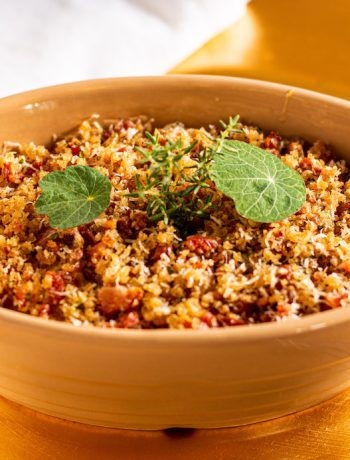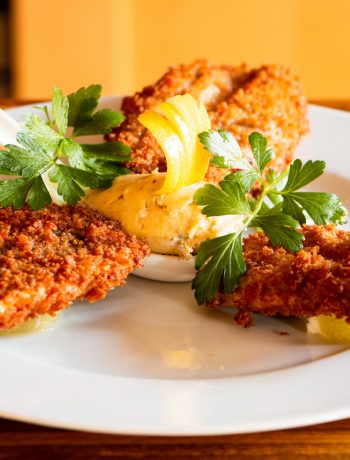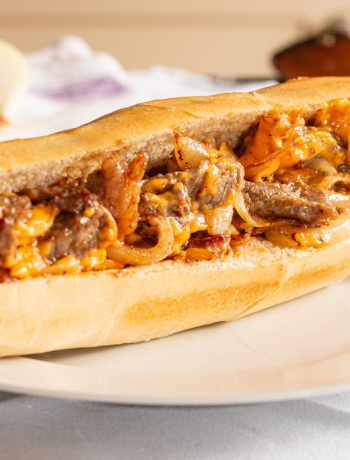In a great risotto, starchy rice grains create a creamy mixture that very gently oozes without falling apart. It is faintly incredible that the Italians managed to make something so iconic from an ingredient that is so foreign.
European rice growing has its home far from Italy, in Valencia, Spain. In turn, the Spanish learned their rice agriculture from the invadin’, tradin’ Moors. It took until 1850–1854 for Giovanni Vialardi (1804–1872), head chef for the King of Sardinia, to write down a recipe for risotto. In 1891, good-old Pellegrino Artusi (1820–1911) put 13 risotto recipes in his landmark La Scienza in Cucina e l’Arte di Mangiar Bene, and Italian rice was on its way to ‘national dish’ status.
Risotto primavera (meaning ‘first greens,’ or ‘spring;’ and also known as ‘risotta alla paesana’ or ‘risotto alla verdure’) is one of the simplest risottos, and uses a bunch of multicoloured, seasonal vegetables to make a dish that I think looks nice, but some think looks like a bowl of warm sick.
The only ‘trick’ to a risotto primavera is to cut all the little pieces of vegetable small and roughly the same size (3mm brunoise). The vegetables are added in sequence such that no single item is under or over-cooked at the end. When done, the rice will be soft, but the vegetables will still have some bite to them.
Risotto alla primavera
Ingredients
- I litre chicken or vegetable stock
- 75g unsalted butter
- 1 tbsp olive oil
- 1 onion, finely chopped
- 250g risotto rice (Arborio or Carnaroli; see notes)
- 1 carrot, diced small
- 2 celery stalks, diced small
- 2 handful of frozen garden peas, defrosted
- 2 ripe fresh tomatoes, peeled, deseeded and coarsely chopped
- 1 courgette, diced small
- 75g Parmesan cheese, grated
- Salt and freshly ground black pepper
Instructions
Bring the stock to simmering point and keep it simmering. Put 50g of the butter, the oil and the onion into a heavy-bottomed saucepan and saute gently until the onion is soft and translucent. Add the rice and cook for 1 minute, stirring constantly to coat the rice in the fat.
Pour over about 200ml of the stock and cook, stirring all the time, until nearly all the stock has been absorbed. Then add another 150ml of the simmering stock and continue stirring. Regulate the heat so that the rice cooks steadily at a lively simmer. When the rice has been cooking for about 10 minutes, add the carrot, celery, peas and tomatoes. Mix, and keep adding small amounts of stock whenever the rice begins to look dry. After 5 minutes, add the courgette.
Cook, stirring and adding more simmering stock as necessary. Do not add too much stock in one go — when the rice is nearly done, add no more than 4 tablespoons at a time. The risotto should be ready in about 20 minutes.
When the rice is tender but al dente, take the pan off the heat and mix in the remaining butter and half the Parmesan. Taste and add salt if necessary, and pepper. Stir thoroughly and turn the risotto into a warmed dish. Serve at once, with the rest of the Parmesan handed round separately.
Notes
Rice selection is critical for a good risotto. Carnaroli is best, Arborio is OK; long-grain and Basmati rice does not have enough starch in it for a creamy result. A bit of acidity can be added to this if a splash of white wine is added to the butter and onions before the rice. You can also squeeze in a bit of lemon right at the end. A Parmesan crisp adds additional crunch.



 (1 votes, average: 4.00 out of 5)
(1 votes, average: 4.00 out of 5)


No Comments